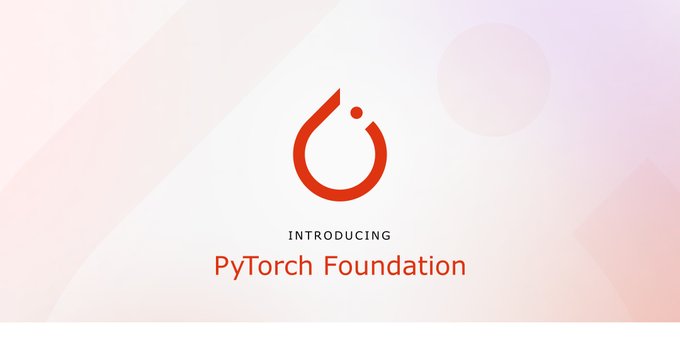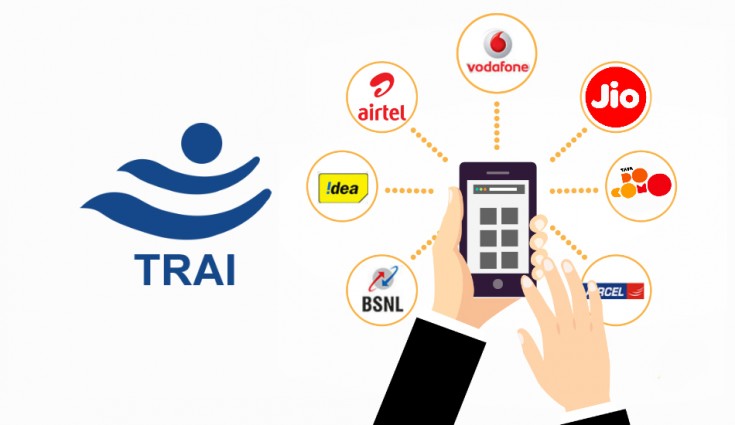PyTorch has become one of the primary platforms for AI research, as well as commercial production use. The formation of PyTorch Foundation heralds a structured approach with the open source community guided by Linux Foundation
As founding member of PyTorch Foundation, AMD will provide expertise with diverse compute engine capabilities and open software, to help drive leadership performance for accelerated workloads
San Francisco, NFAPost: AMD (NASDAQ: AMD) announced it is joining the newly created PyTorch Foundation as a founding member. The foundation, which will be part of the non-profit Linux Foundation, will drive adoption of Artificial Intelligence (AI) tooling by fostering and sustaining an ecosystem of open source projects with PyTorch, the Machine Learning (ML) software framework originally created and fostered by Meta.
PyTorch already announced to that it is moving to the Linux Foundation (LF) as a top-level project under the name PyTorch Foundation. With a governing board of leaders from AMD, Amazon Web Services (AWS), Google Cloud, Meta, Microsoft Azure and NVIDIA, the PyTorch Foundation will ensure business decisions are being made in a transparent and open manner by a diverse group of members for years to come.
As a founding member, AMD joins others in the industry to prioritise the continued growth of PyTorch’s vibrant community. Supported by innovations such as the AMD ROCm open software platform, AMD Instinct accelerators, Adaptive SoCs and CPUs, AMD will help the PyTorch Foundation by working to democratize state-of-the-art tools, libraries and other components to make these ML innovations accessible to everyone.
AMD corporate vice president Data Center and Accelerated Processing Brad McCredie said Open software is critical to advancing HPC, AI and ML research, and AMD is ready to bring its experience with open software platforms and innovation to the PyTorch foundation.
“AMD Instinct accelerators and ROCm software power important HPC and ML sites around the world, from exascale supercomputers at research labs to major cloud deployments showcasing the convergence of HPC and AI/ML. Together with other foundation members, we will support the acceleration of science and research that can make a dramatic impact on the world,” said AMD corporate vice president Data Center and Accelerated Processing Brad McCredie.
Meta Vice President Infrastructure Santosh Janardhan said the organisation is excited to have AMD join the PyTorch Foundation and bring its extensive expertise in HPC, AI and ML to Meta members.
“AMD has continued to support PyTorch with its integration on ROCm open software platform and has worked extensively with the open-source community and other foundation members to advance performance of ML and AI workloads. The collaborative support offered by AMD continues our engagement across broad industry initiatives for global impact,” said Meta Vice President Infrastructure Santosh Janardhan.
AMD, Advancing AI and ML AMD is uniquely positioned with its broad product and software portfolio to help customers and partners develop and deploy applications with multiple forms of AI from the cloud and enterprise, to the edge and endpoints.
With a diverse set of hardware including AMD Instinct and Alveo accelerators, adaptive SoCs and CPUs, AMD can support a wide variety of pervasive AI and ML models, from small edge points to large scale out training and inference workloads.
AMD also works extensively with the AI open community to promote and extend machine and deep learning capabilities and optimizations. Vitis AI provides a comprehensive AI inference development platform for AMD adaptive SoCs and Alveo data center accelerators.
Vitis AI plugs into common software developer tools and utilizes a rich set of optimized open-source libraries to empower software developers with machine learning acceleration as part of their software code.
The ROCm™ open software platform is constantly evolving to meet the needs of the AI/ML and HPC community. With the latest release of ROCm 5.0, developers have access to turn-key AI framework containers on AMD Infinity Hub, advanced tools, streamlined installation, and can expect to experience reduced kernel launch times and faster application performance.
As well, with the latest PyTorch 1.12 release, AMD ROCm™ support has moved from beta to stable. You can read more about that here. Supporting Resources Learn more about the PyTorch FoundationFollow AMD on TwitterConnect with AMD on LinkedIn \
About PyTorch Foundation
When PyTorch started its development in 2016 with the support of developers like Soumith Chintala, Mike Schroepfer, Lin Qiao, and Yann LeCun, it was a collective effort by a band of people from the [Lua]Torch community with a big chunk of people and funding from Meta and individuals contributing from NVIDIA, Twitter and other entities.
Since 2017, PyTorch has grown far beyond our initial vision. With over 2,400 contributors who have built nearly 154,000 projects using PyTorch as a foundation, PyTorch has become one of the primary platforms for AI research, as well as commercial production use.
Its impact was immense across industry and academia, from large companies to numerous university courses at Stanford, NYU, EPFL, Oxford, and other academic institutions. As a maintainer of PyTorch, the founders underwent a journey that has been extremely fulfilling, with the impact of the project seen in various fields from self-driving cars to healthcare to aerospace.
Companies such as AMD, Amazon Web Services (AWS), Google Cloud, HuggingFace, Lightning AI, Microsoft Azure, Nvidia, and many others have made significant investments, including both technical contributions and community building efforts. They’ve established teams around PyTorch or filled significant voids within the PyTorch community and sent countless contributions to the PyTorch core and to the ecosystem around it — PyTorch is an important part of their future. With PyTorch continuing to grow as a multi-stakeholder project, it’s time to move to a broader open-source foundation.
PolyTorch developers chose the Linux Foundation to align themselves as it has vast organization experience hosting large multi-stakeholder open-source projects with the right balance of organisational structure and finding specific solutions for these projects.
Backed by PyTorch – Maintainers for a structured community, PyTorch Technical Governance helped in bringing a hierarchical maintainer structure and clear outlining of processes around day to day work and escalations. PyTorch contributors, maintainers, users, supporters and new foundation members are expected to take it to the next chapter with the PyTorch Foundation.
About AMD
For more than 50 years AMD has driven innovation in high-performance computing, graphics and visualization technologies. Billions of people, leading Fortune 500 businesses and cutting-edge scientific research institutions around the world rely on AMD technology daily to improve how they live, work and play.
AMD employees are focused on building leadership high-performance and adaptive products that push the boundaries of what is possible. For more information about how AMD is enabling today and inspiring tomorrow, visit the AMD (NASDAQ: AMD) website, blog, LinkedIn and Twitter pages. AMD, the AMD Arrow logo, AMD Instinct, ROCm, and combinations thereof, are trademarks of Advanced Micro Devices, Inc.





